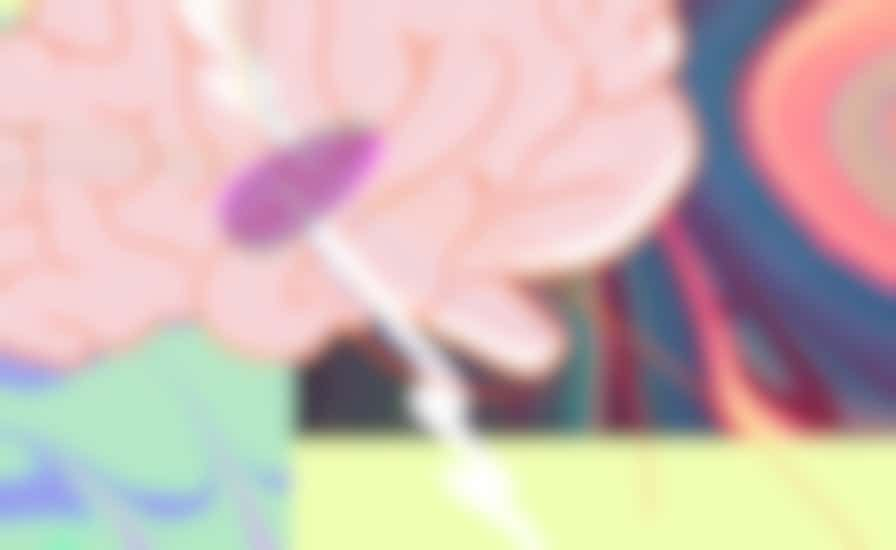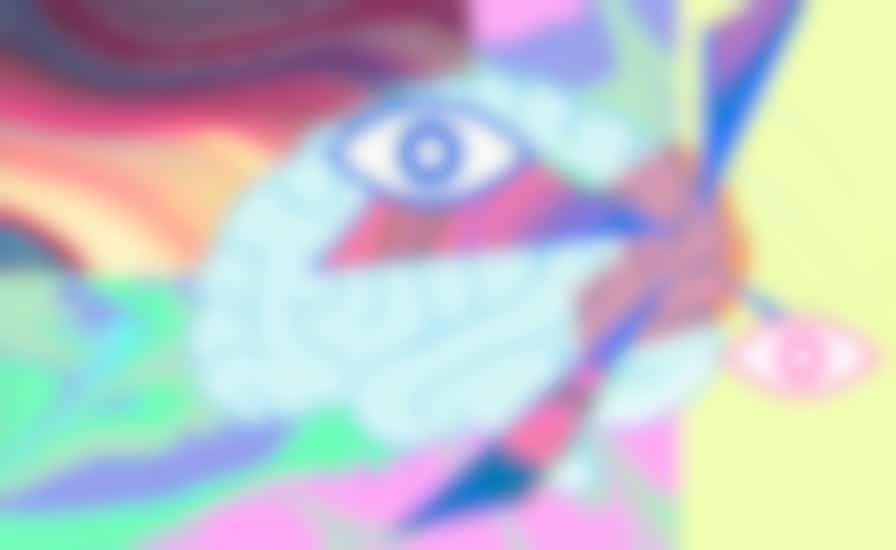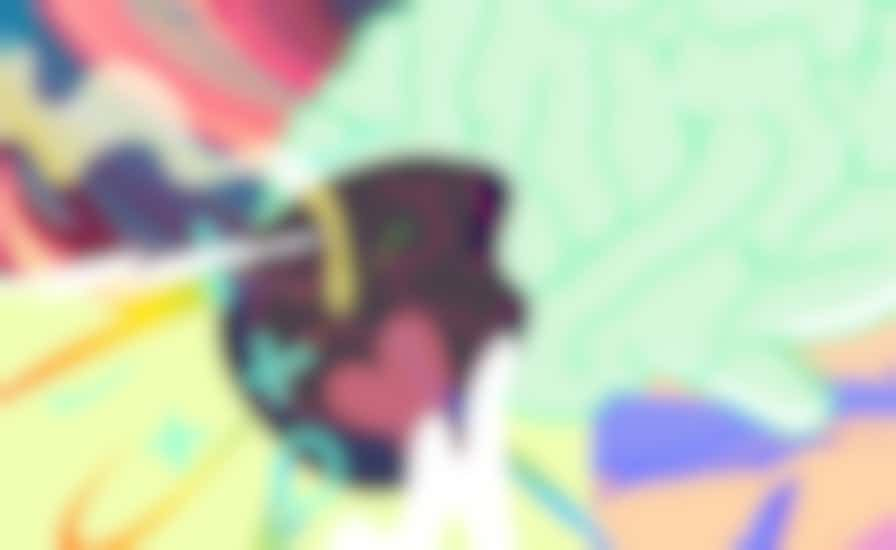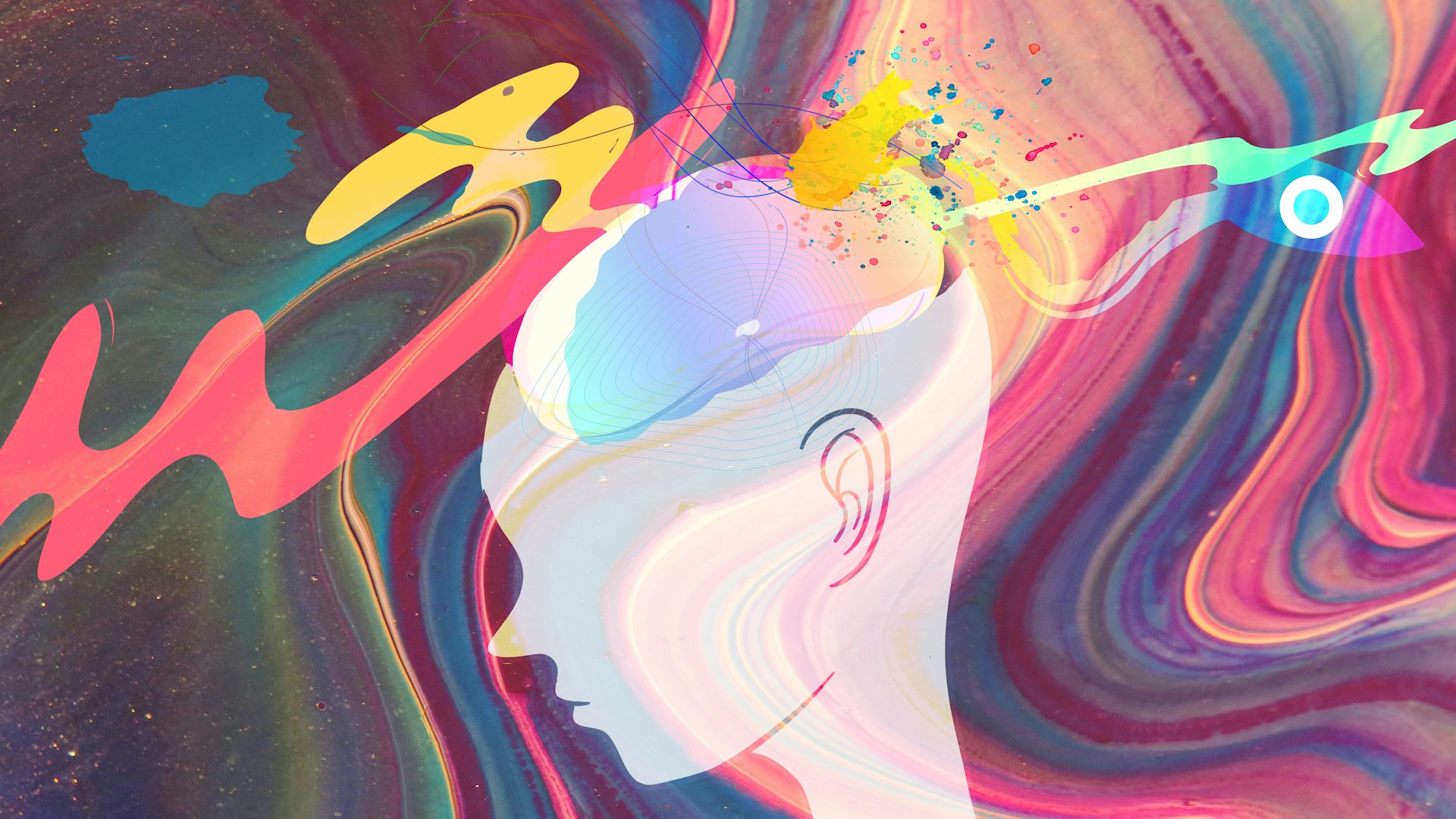Will LSD revolutionize psychotherapy? A trip through your brain
Psychedelic drugs tangle perceptions and reveal hidden thoughts and feelings. This could bring about a revolution of psychotherapy – but for that to happen, the drugs first need to discard their poor reputation.
The morning sun is shining through the windows of a hospital room in Basel, Switzerland. Anuschka Roshani is nervous. Her family and friends called her courageous for taking part in this experiment, being 52 and in good health. The investigator hands her a vial filled with a transparent fluid. Neither of the 2 knows if it contains a placebo – or pure LSD, dissolved in alcohol. Either is possible. Over the course of the next hours, Roshani will undertake a journey through her own universe. For science. She closes her eyes, focuses on the music playing from her headphones and breathes deeply, while the substance sets out on its way to her brain.

Roshani took part in a study organized by the pharmacologist Matthias Liechti, as one of the first test subjects in recent scientific experiments investigating LSD.
Already in the 50s, scientists recognized the great potential of psychedelic drugs for treating people with mental health issues. At the time, research on the synthetic drug LSD and on psilocybin, the active component of magic mushrooms, was booming. Psychedelic medicine seemed within reach. Shortly after however, US president Richard Nixon declared a »war on drugs« in response to the excessive drug consumption within the hippie movement.
Now things are moving again. In recent years, some countries have relaxed their strict regulations.
The psychedelic renaissance
While Anuschka Roshani impatiently waits for the drug to kick in, 80 kilometers away in Zurich, Katrin Preller is working on some brain data. The 35-year-old psychologist wants to find out how psychedelics affect the brain. As the drugs are stigmatized by society, she often struggles to find funds for her studies. »That’s why it’s so important that our research is methodologically sound and does not slip into the esoteric realm.«

Back in Basel, a dose of LSD is flowing through Roshani’s blood, reaching her brain after 20 minutes. Let us shrink ourselves to the size of an LSD molecule and accompany the drug on its journey through the brain – and Roshani on the trip through her consciousness.
An LSD trip through the brain
We start in a region in the center of Roshani’s brain, the thalamus. Far below the surface, in which all conscious processes take place, the thalamus acts as the brain’s doorman. All information from the senses has to pass through here on its way to consciousness and is thereby thoroughly filtered. That way the brain is protected from being overloaded with unnecessary details.

All of a sudden, the light falling through the hospital windows gets brighter. Roshani glances outside and she can see a helicopter landing on the roof, a good 100 meters away. Effortlessly, she can observe the medics jumping out of the helicopter and even distinguish their facial expressions.
Our next stop lies in the sensory centers in the back part of Roshani’s brain. This is where the film studio of consciousness is located. Here, signals from the eyes, ears, and sensors in the skin are combined into a mental film. Different departments are responsible for equipping the film with colors, shapes, motion, sounds, and touch.
Here, in the sensory centers of the brain, there are plenty of receptors, which the LSD molecules can dock onto.
In front of the window, the tree trunks are moving, as if they were breathing. Roshani closes her eyes and breathes deeply. Behind her closed eyelids, the music starts transforming into images. Each sound becomes a thread that is interwoven with the other sounds to form a curtain that spins on and on.

We now reach the prefrontal cortex – the brain’s control tower. The prefrontal cortex sits directly under Roshani’s forehead and from there it guides her attention, solves math problems and forms plans. However, it has one even more important task. Many things happen in Roshani’s brain that she is completely unaware of. The control tower suppresses thoughts, feelings, memories, and impulses that do not match with social norms or Roshani’s self-image.
There are only a few receptors in the prefrontal cortex that our LSD molecules can dock onto. Consequently, their influence on the rest of the brain decreases. Fixed patterns of thought break up, suppressed thoughts and feelings bubble up from the depths of Roshani’s brain into her consciousness.
At the peak of her trip, Roshani loses control of her thoughts. Her inner world unleashes, and she can only watch. She sees herself dancing a Russian dance called »Kozachok« in her parents’ living room – a lost memory from her childhood that she has not thought about in decades. In another moment creatures that seem to have escaped from a horror movie suddenly appear, with bloody eyes, bare skulls, and intestines oozing from their bodies. Do these creatures really live in her mind?
On our journey through the outer layer of the brain, known as the cortex, we pass through a set of regions that form the so-called default mode network. This network is especially active when Roshani daydreams, when she thinks about her future or her relationships – in short: about herself.
With eyes closed, Roshani looks up and sees a water fountain raining down on her. Every drop is sparkling in the light. All of a sudden, she realizes that each of these drops is herself. She does not feel her body anymore, which is laying on a hospital bed in Basel.
Finally, we dive back into the depths of the brain and travel to Roshani’s center for emotions, the amygdala. Here we find countless receptors that the LSD molecules dock onto. The amygdala now reacts less strongly to stimuli from the outside that would usually trigger negative emotions –
Roshani is a joyful woman. But suddenly she realizes that she never allowed herself to mourn about her parents separating 47 years ago.

The afterglow
Roshani’s experiences suggest that psychedelic drugs crumble facades and release hidden thoughts and feelings. For a healthy person, that might be enriching – but what about people with mental health disorders?
Can psychedelics heal the mind?
Depression, addiction, and obsessive-compulsive disorder have one thing in common: people are stuck in toxic patterns of thought or behavior. Katrin Preller from Zurich is convinced that breaking out of these patterns using psychedelic drugs can help. Furthermore, she thinks that the distance from their own feelings can enable patients to work through traumatic experiences. Preller’s experiments also show that people feel more
It won’t work for everybody
How psychedelics could treat death anxiety, depression and addiction
That sounds promising – but where is the evidence? A set of recent studies tested if psychedelics can help patients with life-threatening cancer to deal with their fear of death. These studies consistently showed that most patients looked more positively upon their lives and were less haunted by fears after a trip.
Research with other groups of patients is less advanced. A single study with depressed patients has been published so far. It was conducted by the Psychedelic Research Group at Imperial College London, led by Robin Carhart-Harris.
The research with addicted patients is at a similar stage. 2 studies from recent years with patients addicted to nicotine and alcohol found effects that sound almost too good to be true.
A second chance for psychedelic medicine
These results sound promising – but they are not new.
Mit Illustrationen von Doğu Kaya für Perspective Daily

